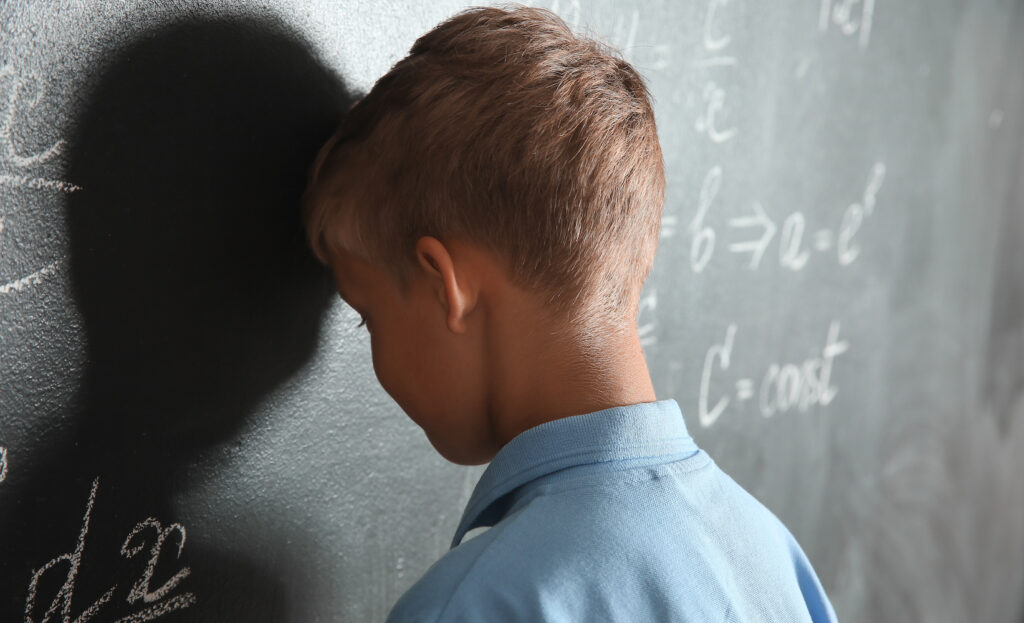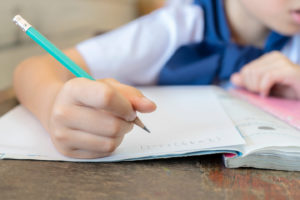Most Alaska students are below grade level in reading and math
Two-thirds of Alaska students can’t read or do math at grade level, a new report reveals.
Alaska’s Department of Education and Early Development (DEED) released its 2024 assessment results on…

Two-thirds of Alaska students can’t read or do math at grade level, a new report reveals.
Alaska’s Department of Education and Early Development (DEED) released its 2024 assessment results on Aug. 30, revealing dismal outcomes for its public school students.
Just 31.8% of students were proficient in English language arts, 32.5% in mathematics, and 36.9% in science.
“Alaska is not merely focused on outcomes themselves, rather our goal is to build the capacity in our students’ foundational knowledge and ability for their future in work and life,” said State Education Commissioner Deena Bishop. “I ask all Alaskans to use student learning results for continuous improvement and educational excellence – no matter where you learn.”
While some legislators and educators have pushed for increased funding, Gov. Mike Dunleavy, a Republican and former teacher and school superintendent, has focused on reform.
Earlier this year, he even vetoed a potential funding increase because it lacked innovation.
“Although I SUPPORT an increase to the BSA [Base Student Allocation] – there were no new approaches, other than enhanced funding, to increase educational outcomes,” the governor wrote of his veto. “SB 140 lacked sufficient changes in how charter schools are chartered in order to allow more students and families charter school possibilities.”
A March survey also revealed Alaskans are more concerned with meaningful changes and reforms to the education system than mere increases in education funding.
Alaska already spends $22,000 per pupil, much higher than the $16,000 nationwide average, although the state ranks annually among the highest costs of living in the U.S.
It turns out how education dollars are spent matters just as much as how much money is spent.
“It is usually assumed that increased education funding leads to improved academic performance, but research suggests that the way financial resources are allocated is more important than the amount of money invested,” wrote Sarah Montalbano, policy manager for the Alaska Policy Forum.
“It is essential to target effective initiatives and expand access to options that do more with less, such as correspondence schools and charter schools. More money can certainly make a difference, but funding that is absorbed by growth in administration or underfunded pension systems is not likely to benefit teachers’ classrooms, teachers’ salaries, or student outcomes.”


